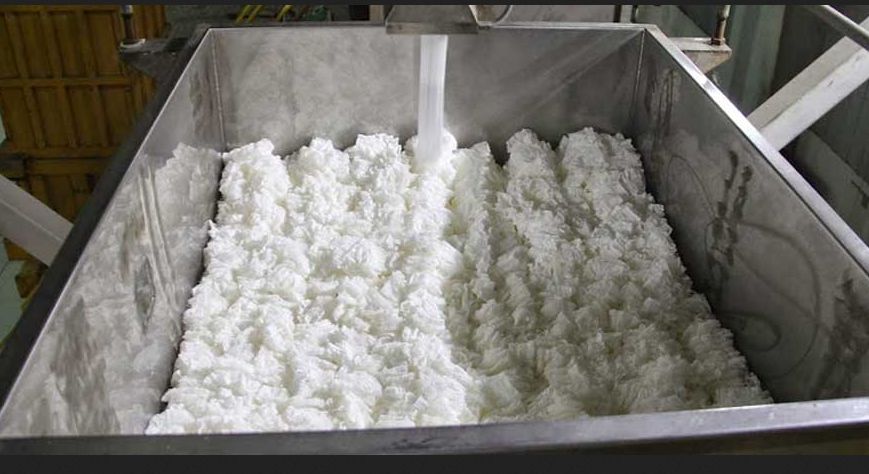Cigarette filter
A Cigarette filter is an element of your cigarette, together with cigarette paper, capsules and adhesives. The filter might be created from cellulose acetate fibre, paper or activated charcoal (either as a cavity filter or embedded into the cellulose acetate). Macroporous phenol-formaldehyde resins and asbestos have also been employed in cigarette filters The acetate and paper change the particulate smoke phase by particle retention (filtration), and finely divided carbon modifies the gaseous phase (adsorption). Filters is able to reduce “tar” and nicotine smoke yields around 50%, with a greater removal rate for other classes of compounds (e.g., phenols), but you are ineffective in filtering toxins like carbon monoxide. Most factory-made cigarettes have a filter; those who roll their unique can purchase them from your tobacconist.

Cellulose acetate is created by esterifying bleached cotton or wood pulp with acetic acid. Of the three cellulose hydroxy groups available for esterification, between two and three are esterified by managing the amount of acid (amount of substitution (DS) 2.35-2.55). The ester is spun into fibers and formed into bundles called filter tow. Flavors (menthol), sweeteners, softeners (triacetin), flame retardants (sodium tungstate), breakable capsules releasing flavors at will, and additives colouring the tobacco smoke may be combined with cigarette filters. The 5 largest manufactures of filter tow are Hoechst-Celanese and Eastman Chemicals in the usa, Rhodia Acetow in Germany, Daicel in Japan, and Courtaulds in england.
Starch glues or emulsion-based adhesives can be used for gluing cigarette seams. Hot-melt and emulsion-based adhesives can be used for filter seams. Emulsion-based adhesives bring bonding filters for the cigarettes.
Cellulose acetate is non-toxic, odorless, tasteless, and weakly flammable. It really is resistance against weak acids and is largely stable to mineral and fatty oils as well as petroleum. It’s biodegradable as well as the raw materials are a renewable natural polymer likely to find application for other uses in the future. Smoked cigarette butts contain 5-7 mg nicotine (about 25% of the total cigarette nicotine content), children ingesting >2 whole cigarettes, 6 cigarette butts or a total of 0.5 mg/kg of nicotine needs to be admitted into a hospital. Cellulose acetate is hydrophilic and retains the water-soluble smoke constituents, of which many are irritating (acids, alkali, aldehydes, and phenols), while letting with the lipophilic aromatic compounds.
To read more about cellulose acetate tow check the best internet page
